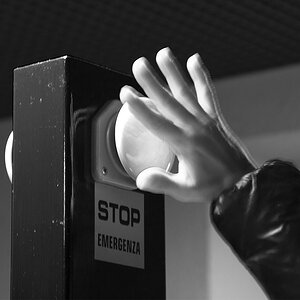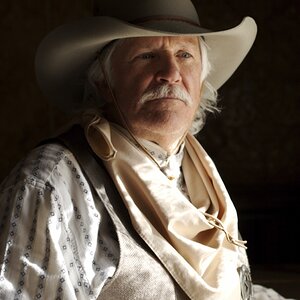clockwurk
TPF Noob!
- Joined
- Dec 20, 2009
- Messages
- 37
- Reaction score
- 0
- Can others edit my Photos
- Photos NOT OK to edit
I am trying to assemble a lighting kit and I wanted to know if there is a spec that I can compare hot shoe flash power vs typical studio strobe?
For example, I see that the Alien bee B1600 can deliver 640 true wattseconds + 1600 effective wattseconds, but I do not see similar stats on the Nikon Sb-900.
Basically, I want to be able to compare how much more power the studio strobe has over hot shoe flashes.
Hope this makes sense...
Thanks in advance.
For example, I see that the Alien bee B1600 can deliver 640 true wattseconds + 1600 effective wattseconds, but I do not see similar stats on the Nikon Sb-900.
Basically, I want to be able to compare how much more power the studio strobe has over hot shoe flashes.
Hope this makes sense...
Thanks in advance.


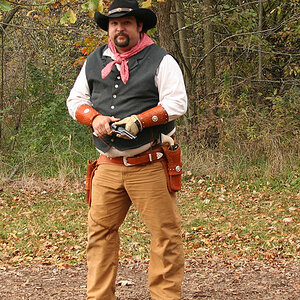
![[No title]](/data/xfmg/thumbnail/36/36299-468f060314a0ac2bf5e37da1c33149d2.jpg?1619737493)
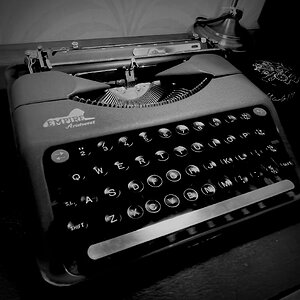
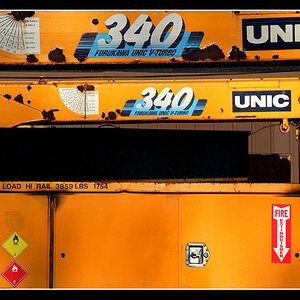
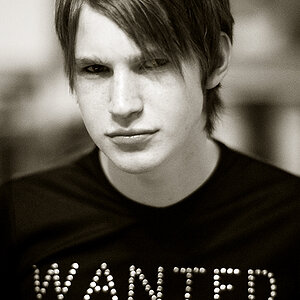
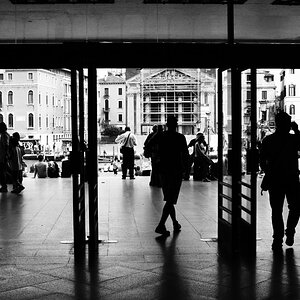
![[No title]](/data/xfmg/thumbnail/31/31011-439c1242fe08cf6b54f32bf06523a567.jpg?1619734567)

![[No title]](/data/xfmg/thumbnail/32/32930-09414fc020c2a60a456ff59a05c5ef8f.jpg?1619735759)

